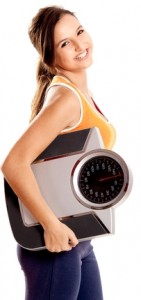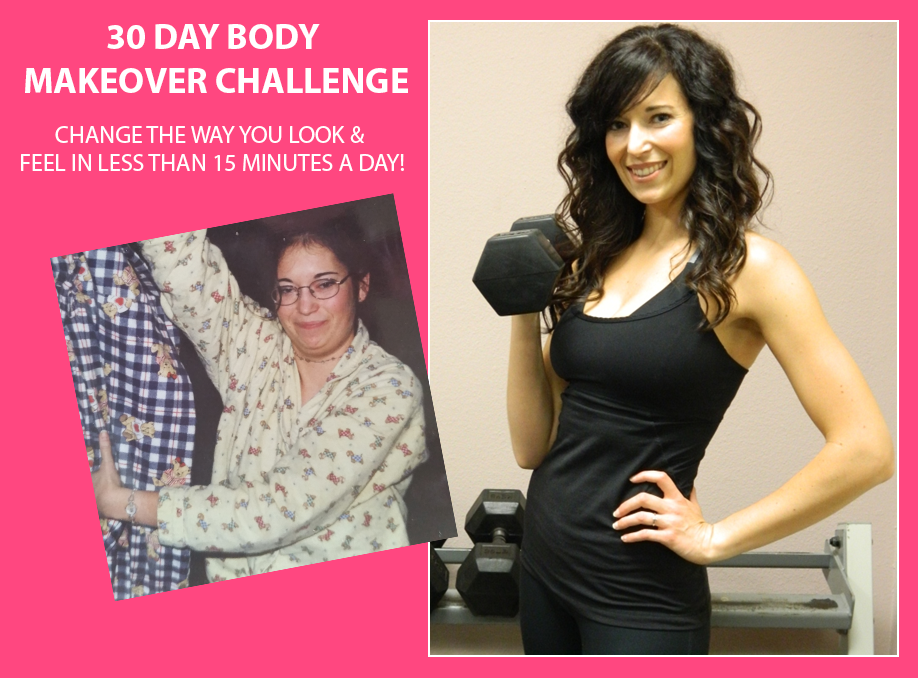“This can’t be right-there is no way that I haven’t lost any weight!” Does this sound familiar to you? You finally make the commitment to start a fitness program and eat better, only to be utterly shocked when you step on the scale. You have more energy and your clothes feel better-it just doesn’t make any sense. Is your scale lying to you?
 And the answer is-sort of. As long as you have a descent scale and use the same one at the same time of day, then your scale is accurate in reporting how much you weigh. But to determine if your body is indeed getting fitter, you are not going to find that out completely from your scale alone. That feedback involves more than your weight. The real number you need to look at is your body fat percentage.
And the answer is-sort of. As long as you have a descent scale and use the same one at the same time of day, then your scale is accurate in reporting how much you weigh. But to determine if your body is indeed getting fitter, you are not going to find that out completely from your scale alone. That feedback involves more than your weight. The real number you need to look at is your body fat percentage.
What is your body fat based on? It takes the pounds of fat mass divided by your total weight. For example, if your fat mass is 40 pounds and your weight is 160 pounds, your body fat percentage would be 25%. What range should you be in? Check this chart to find out where you need to be based on your fitness goals:
The table below describes different percentages but is not a recommendation (from the American Council on Exercise):
| Description | Women | Men |
| Essential fat | 10–13% | 2–5% |
| Athletes | 14–20% | 6–13% |
| Fitness | 21–24% | 14–17% |
| Average | 25–31% | 18–24% |
| Obese | 32%+ | 25%+ |
At the minimum, your goal should be to fall into the average range. If you consider yourself a pretty healthy and active person, shoot to be at the fitness level. Once you achieve that, go for the athlete level. You don’t have to be a professional tennis player to make that a reality-it just takes clean eating and sticking to a fitness program to make it happen. So how can you use this to set up your ideal fitness program?
At the start of your fitness program, have your body fat measured by a personal trainer if you are able to. The most accurate way for the budget-conscious is skin caliper testing. There is a 2-3% room for error so make sure the same person does your progress measurements. If that is not an option for you, some home scales measure body fat. Just make sure you drink two glasses of water and do it in the morning. Do not weigh yourself more than once per week. I prefer a weekly weigh-in and a bi-weekly body fat check up. Compare your fat mass to your initial measurement. If you have lost fat mass and haven’t lost any weight, that means you equally traded fat loss with muscle gain. This is a good thing! In this case, your scale is lying to you and you are making progress. Keep it up! Although your weight hasn’t changed, you are getting leaner.
By nature, women are slaves to the scale. We nervously step on and hold our breath while waiting to see what scary number may pop up on the screen. Well, I am here to tell you-not anymore! Your scale may be lying to you, so don’t beat yourself up if that number doesn’t move. Keep building that muscle, lose the fat, and celebrate the new you-fit and fabulous!
*The information on this site is designed for educational purposes only and has not been evaluated by the Food and Drug Administration. It is not intended to be a substitute for informed medical advice or care. You should not use this information to diagnose, treat, cure or prevent any health problems or illnesses without consulting your pediatrician or family doctor. Thank you!
~by Kimberly Olson
About Me





